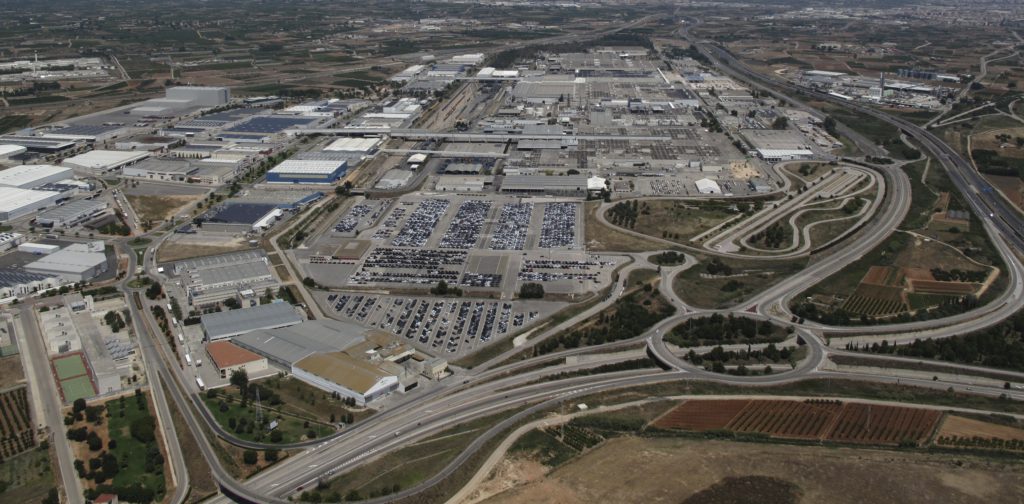Ford phases Mondeo out and plugs in to EVs
26 March 2021

Encapsulating a current automotive trend, Ford is bidding farewell to one of its most iconic models while increasing its electrification efforts. After 29 years in production, the Mondeo has reached the end of the road. Meanwhile, the carmaker’s Valencia plant in Spain will continue to see electrification investments.
This changing of the guard is representative of a transitioning automotive industry. Internal- combustion-engine (ICE) powered models are being swapped out as huge investments are made in electrically-chargeable vehicles (EVs) and other low-emission drivetrains. Ford wants its whole European passenger-vehicle range to be zero-emissions capable by mid-2026, relying on battery-electric vehicles (BEVs) and plug-in hybrids (PHEVs). The plan is to then go fully-electric by 2030.
End of an era
Ford will phase out its Mondeo model at the end of March 2022, bringing its production in Valencia to an end. The model saw around five million sales since its launch in 1993. It was hailed as a ′global car,’ intended to consolidate a number of models while replacing the Sierra in Europe.
But now the age of the Mondeo looks to have passed as consumers opt for larger SUVs and electrified drivetrains. Last year, 39% of Ford’s passenger-vehicle sales were SUVs and crossovers – up from 31% in 2019. The carmaker also points to growing consumer confidence in electrification, with over 50% of Kuga owners opting for a PHEV variant.
To take advantage of this trend, Ford’s line up in Europe is getting larger and more electric. Its other large crossover and multi-purpose vehicles, the seven-seat Galaxy and S-Max, will continue in production, with full-hybrid versions of both recently launched. The company’s new BEV, the Mustang Mach-E, recently hit the roads and a new GT edition is expected later this year. Then, in 2023, Ford is scheduled to bring its first all-electric volume passenger-vehicle to market.
Boosting Valencia
In order to produce these new electrified drivetrains, Ford is advancing its manufacturing infrastructure. As part of this effort, its Valencia plant will produce a new 2.5-litre Duratec hybrid engine from late 2022. These will power the Kuga PHEV as well as the Kuga, Galaxy and S-Max hybrids. The Atkinson-cycle petrol engine will be the first of its kind to be built by Ford in Europe. Currently made in Ford’s Chihuahua plant in Mexico, the 2.5-litre unit will be built in Valencia alongside its 2.0-litre and 2.3-litre EcoBoost petrol engines.
′Today is another step on Ford’s electrification journey, providing a bridge to an all-electric passenger-vehicle future, and demonstrating our continuing commitment to our manufacturing operations in Valencia where we have invested around $3 billion since 2011,’ said Kieran Cahill, vice president of manufacturing for Ford of Europe.
Ford will also bolster its battery-pack assembly capacity at the Spanish site, with an additional injection of €5.2 million. This follows the €24 million investment announced in January 2020. The manufacturer believes this extra capacity will be needed to support increased demand for current and future EVs.
The carmaker will invest at least $22 billion (€18.6 billion) globally in electrification through 2025. This is nearly double the company’s previous investment plans. Over the last two years in Europe, the carmaker has put $1 billion towards structural costs, addressing underperforming markets, creating a more targeted vehicle line-up, as well as its different partnerships.